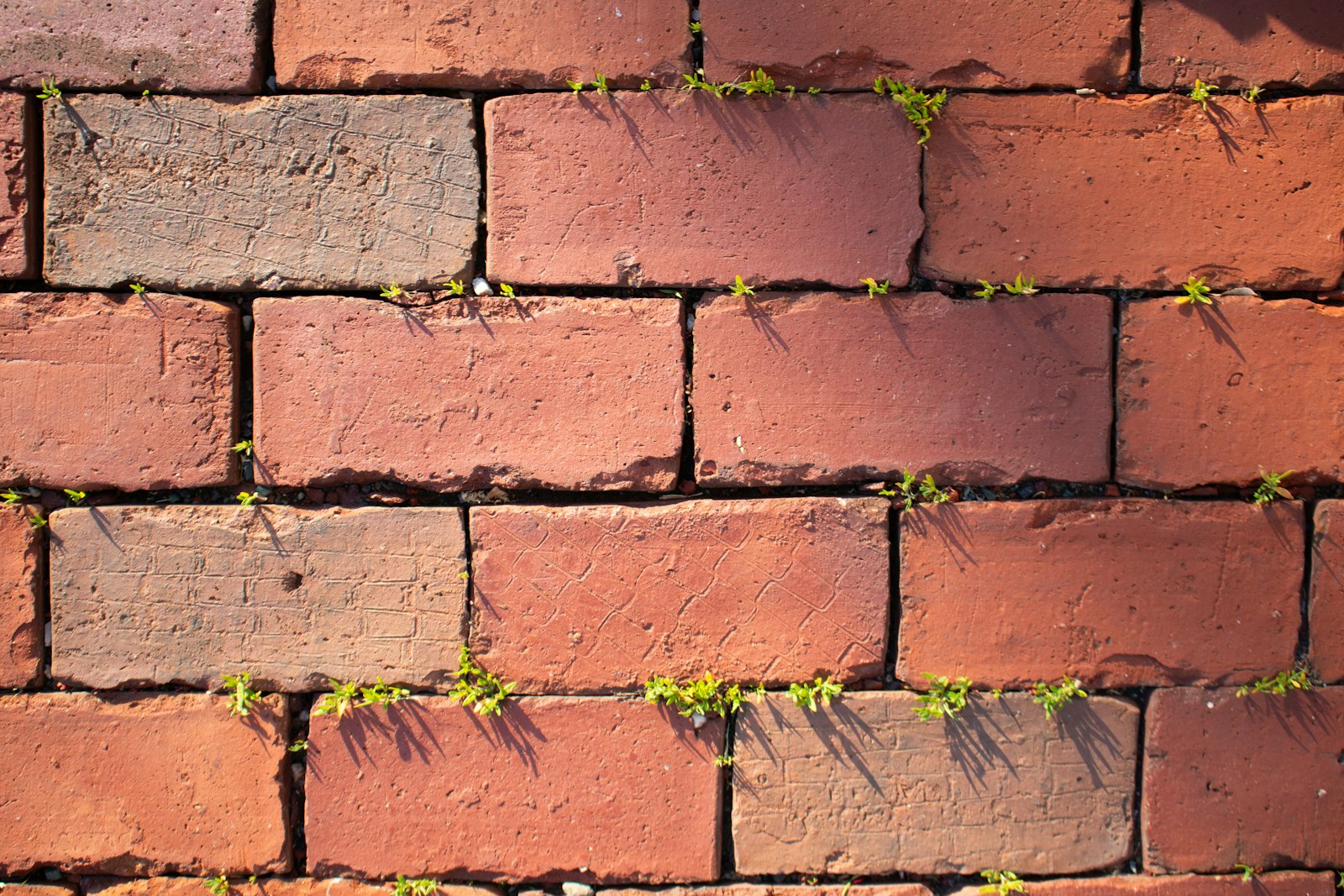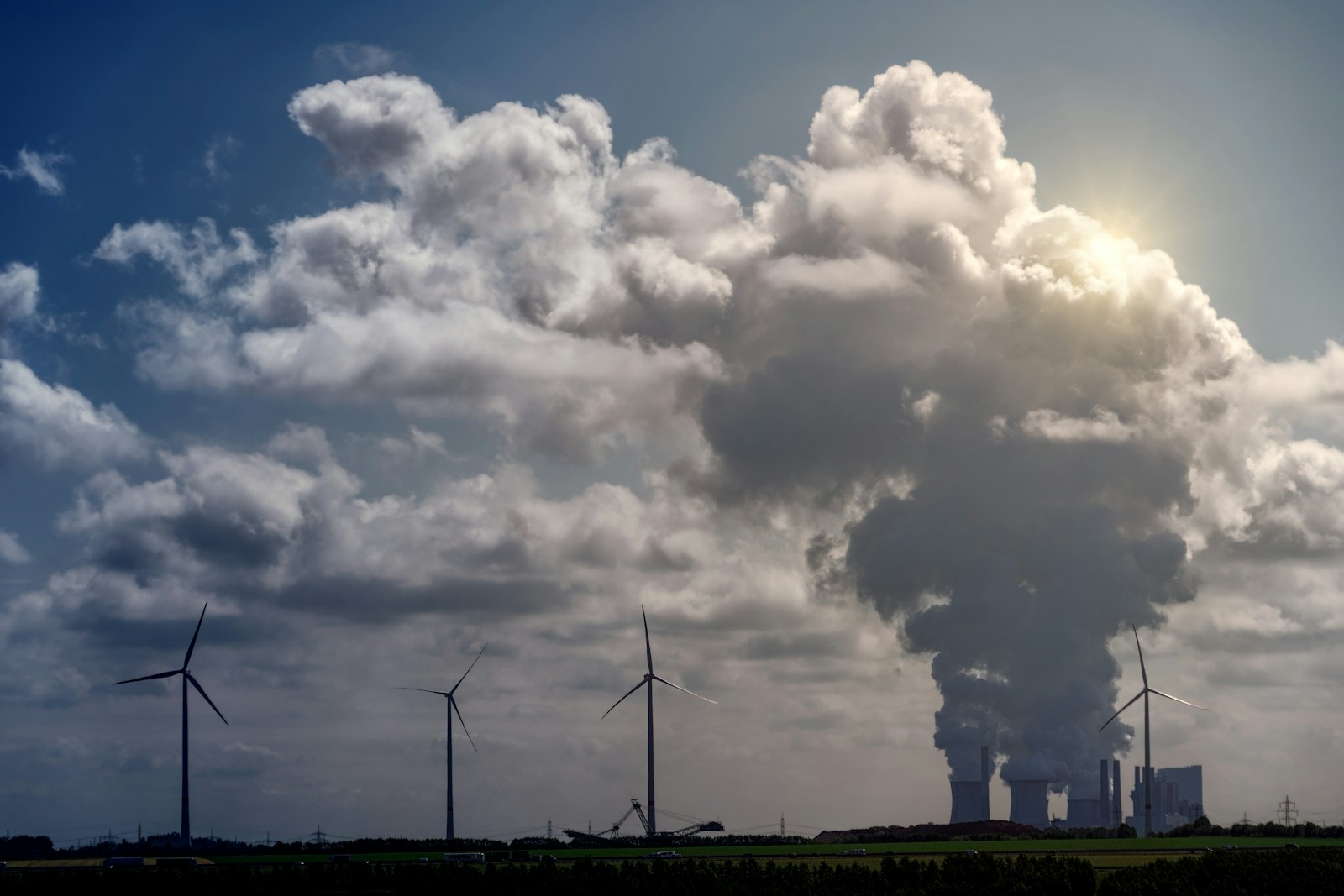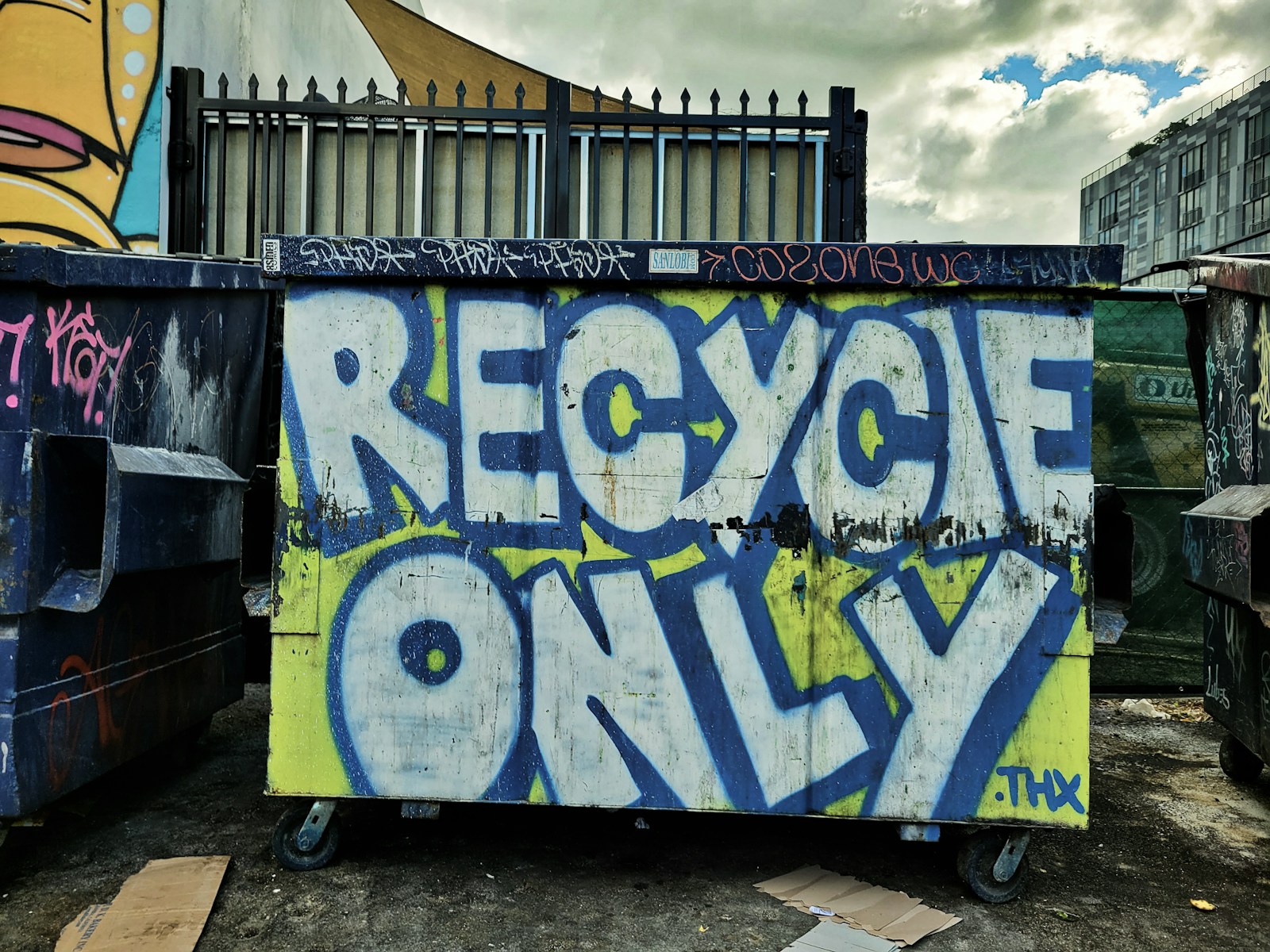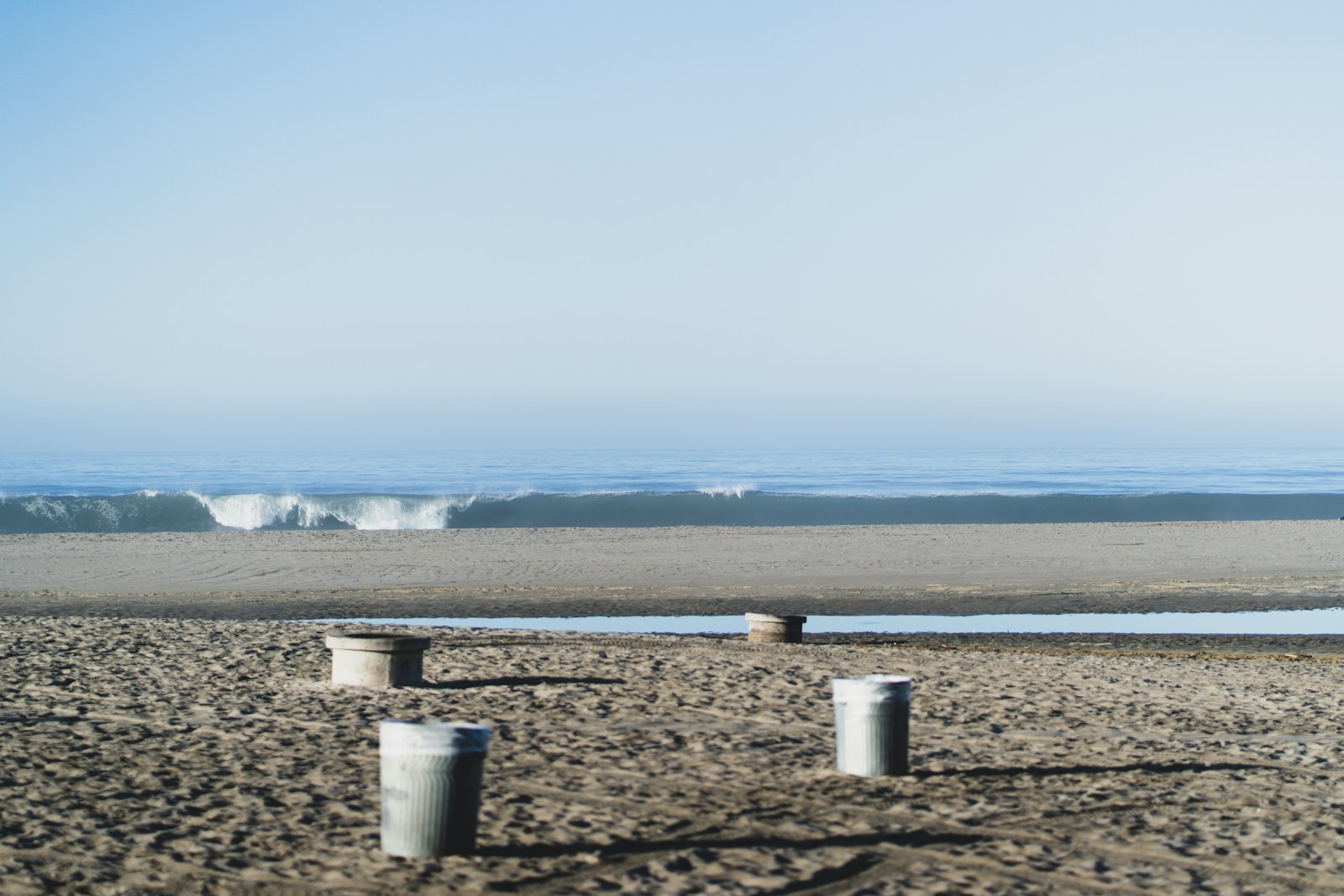Building a Greener World, One Brick at a Time: Breakthroughs in Sustainable Concrete and Steel

Look around you. The building you are in, the bridge you cross on your commute, the foundations of our entire modern civilization are built with two materials: concrete and steel. They are the unsung heroes of the industrial world, unmatched in their strength, durability, and versatility. But this strength comes at a staggering climate cost. The production of cement (the key ingredient in concrete) and steel are two of the most carbon-intensive industrial processes on the planet, together accounting for a massive slice of global greenhouse gas emissions. Decarbonizing our world means not just cleaning up our energy and transport, but fundamentally reinventing the very materials we use to build it.
The problem with cement starts with chemistry. To produce Portland cement, the most common type, limestone (calcium carbonate) is heated to incredibly high temperatures (around 1,450°C) in a kiln. This process triggers a chemical reaction called calcination, which splits the limestone into lime and carbon dioxide. This chemical reaction itself is responsible for about 60% of the cement industry's emissions, with the other 40% coming from the fossil fuels burned to heat the kiln. The sheer scale is hard to comprehend: for every ton of cement produced, nearly a ton of CO2 is released into the atmosphere.
The steel industry faces a similar challenge. The dominant method for producing steel involves a blast furnace, where iron ore is heated with coke (a high-carbon fuel derived from coal). The carbon in the coke acts as a "reducing agent," stripping oxygen away from the iron ore but releasing vast amounts of carbon dioxide in the process. Like cement, it's a process where CO2 emissions are chemically inseparable from the traditional production method.
Faced with this immense challenge, a revolution is brewing in material science and industrial engineering. For concrete, innovators are tackling the problem from multiple angles. Some startups are developing alternative cements that use different raw materials and chemistries that don't involve calcining limestone, significantly reducing the process emissions. Another promising technology involves carbon utilization. Companies are developing methods to capture CO2 from industrial sources and inject it into fresh concrete, where it becomes mineralized and permanently sequestered within the material, strengthening it in the process. Others are working on reducing the amount of cement needed in a concrete mix by substituting it with supplementary materials like fly ash (a byproduct of coal combustion) or ground-up recycled glass.
In the steel industry, the most promising path to decarbonization is the replacement of coal with green hydrogen. In a process known as "direct reduced iron" (DRI), green hydrogen can be used as the reducing agent instead of coke. When hydrogen reacts with iron ore, the only byproduct is water (H2O), not CO2. Several major steelmakers in Europe are already building the first commercial-scale green steel plants using this technology. While it is currently more expensive and requires a massive supply of green hydrogen, it offers a clear technological pathway to near-zero-emission steel.
The transition to green concrete and steel will not be easy or cheap. It requires retooling massive industrial facilities, building out new supply chains for materials like green hydrogen, and creating market demand through green public procurement policies and carbon pricing. But the progress is undeniable. These are not distant, theoretical ideas; they are technologies being commercialized and scaled up today.
Reinventing the foundational materials of our economy is one of the most difficult and most essential tasks of the energy transition. It is the unglamorous, heavy-lifting work of decarbonization. But succeeding in this quiet revolution is a prerequisite for building a truly sustainable world, one green brick at a time.



